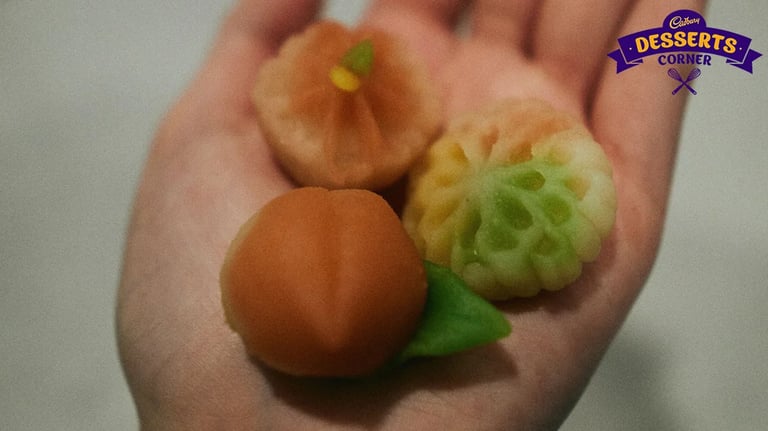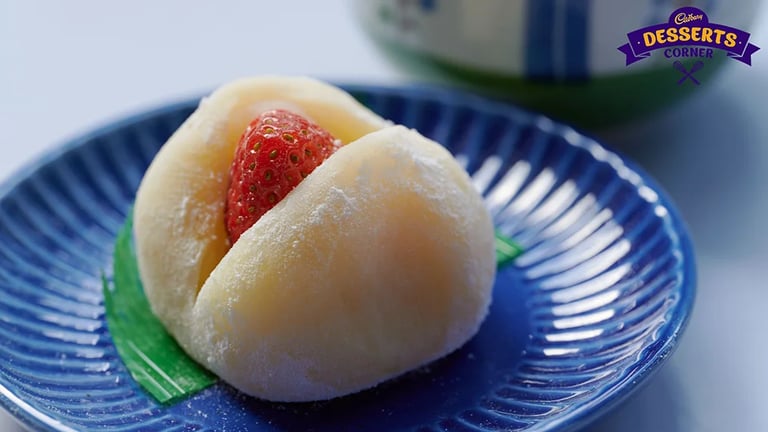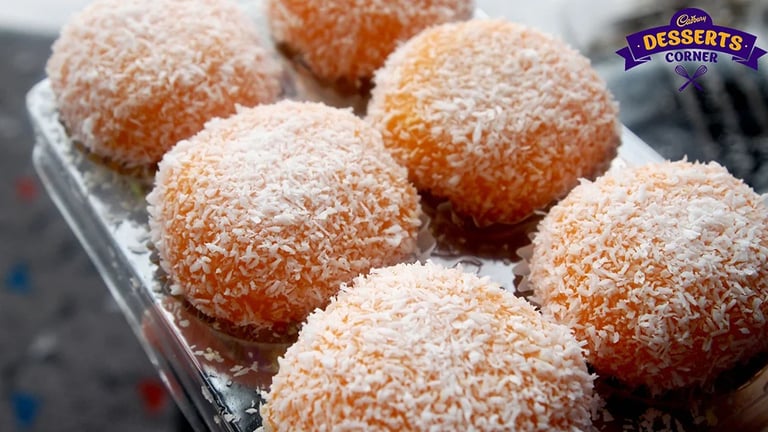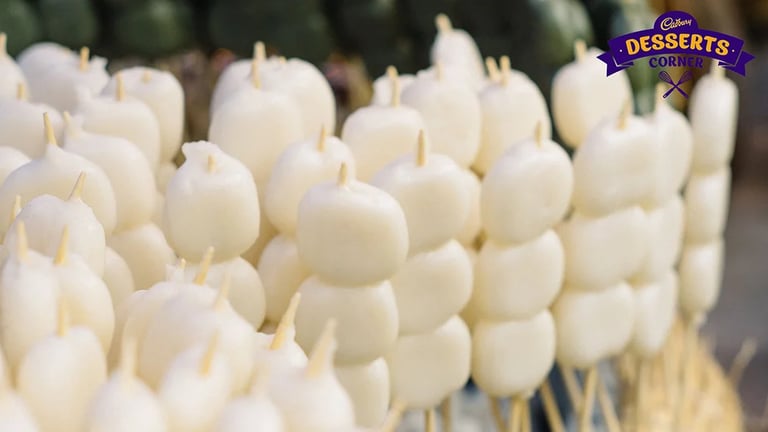- Home
- Articles
- The Travelling Chronicles of the Beloved Japanese Wagashi, from Monks to Modern Machines
Religion did play a big role in the modern wagashi with dango and mochi being the oldest sweets known to the world. They are centuries old and the Buddhist monks were the ones who popularized the use of three ingredients that are the heart and soul of wagashi—rice flour, red bean paste, and nuts.

Religion did play a big role in the modern wagashi with dango and mochi being the oldest sweets known to the world. They are centuries old and the Buddhist monks were the ones who popularized the use of three ingredients that are the heart and soul of wagashi—rice flour, red bean paste, and nuts.
In the ways of the Occident, tea, and sweets are unheard of, and might be an abhorrence of sorts to their culture, but the Orient has been pairing sweets with tea, especially green tea, since the dawn of time. For countries like Japan, where wellness is at the core of their cultural beliefs, wagashi, an umbrella term for different sweets—like pastry is an umbrella term for many desserts in the West—is an essential presence with green tea.
Green tea can be bitter and a bit too grassy, especially the matcha, that the Japanese consume, so wagashi is the perfect companion for the otherwise herbal concoction that is too bland or overwhelming, depending on the person drinking it. We are pretty sure you are familiar with a few of the many wagashi that are made and served to guests and family, mochi, dango, dorayaki, daifuku, manju are all wagashi. Their simple ingredients are compensated by the presentation and impeccable appearance, but there’s no denying wagashi is delicious, despite its humble ingredients.
The History

Tea ceremonies in Japan are inseparable from the wagashi and their history is intertwined although the exact date as to when they were invented or served together is not really known. It is believed that the earliest wagashi were made during the Yayoi period, (300 BC – 300 AD), where sweets were made from the natural sugar present in fruits and nuts. But they were yet to be processed and take shape, and it wasn’t long until the Chinese influences crept in around the Edo era (1603-1867), that tea ceremonies started taking shape, and with them the process of making sweets led to the establishment of the earliest versions of wagashi.
The Buddhism Connect

It was the Buddhist monks who brought over the confection-making techniques as Buddhism diffused into Japan with their arrival. As a result, nuts were powdered and mixed with rice flour and what emerged were the earliest versions of dango and mochi, which are ever so popular even today. During the Edo era, sugar also started arriving courtesy of the Portuguese, which made another version. But some say it was the Chinese who brought sugar to Japan, and both versions are accepted. But, the cost of sugar was too dear and unaffordable. So, only the elite could afford the wagashi that had sugar in them. It remained popular among them and was a vital part of tea ceremonies.
Connecting With the World and Modern Machines
But as the borders opened up and accessibility with the world increased, around the Meiji period (from 1868 to 1912), sugar started flooding the markets and the modern wagashi secured its spot in daily lives, carried over from the Edo period, with sweet shops mushrooming in Edo and Kyoto. Wagashi, now, was no longer only for the elite. And wagashi started being known as a kind of pastry.
During the Meiji period, modern baking equipment, namely ovens, also popped up and cemented their place in the baking industry in Japan. Confection-making became more intricate and experimental where aesthetics also took predominance along with their presentation. The wagashi before the arrival of the ovens were still being made in the old handmade style, but now their baked versions were also being made.
Out With the Old In With the (Not So) New

Two things remained the same throughout: wagashi used to be made with rice flour and red bean paste back when the monks came to Japan, and they still are made with the same ingredients with slight variations. The monks refrained from eating meat and to find a replacement in the buns from their hometown, they replaced the meat with the widely available legume, red bean paste. It is not only in Japan and China that this custom prevails, a pot of East Asian countries are inseparable from their red bean paste, Azuki as the Japanese call them.
The other is the seasonal varieties being sold in shops. If one forgot to look around and note the change in seasons they will surely notice the change that each season inspires wagashi to become. Spring or haru marks the arrival of the cherry blossom season and come February all shops swap their winter fare bracing for the full bloom of the pink, dreamy landscape of the fragrant cherry trees and the shower of their flower petals.
More Like This
Popular Articles





Trending Web Stories
Curated Recipes
















